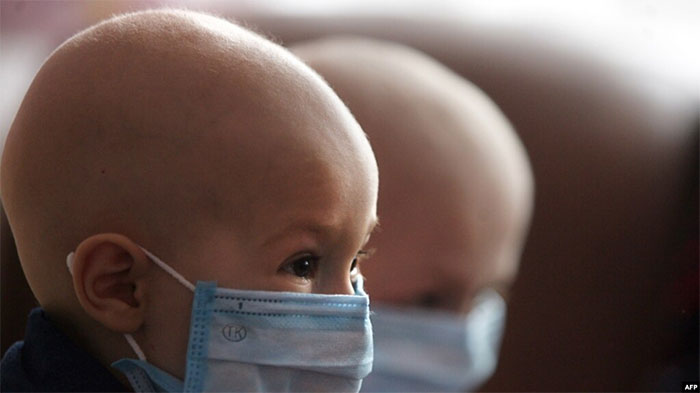Breakthrough of Australian scientists in the treatment of pediatric cancer patients
Australian scientists have made a breakthrough in early diagnostic tests that can help identify children with cancer who are at high risk for life-threatening infections.

Australian scientists have made a breakthrough in identifying pediatric cancer patients at high risk for life-threatening infections.
In a study published July 12 by Australia's Walter and Eliza Hall Institute (WEHI) and published in the journal Clinical & Translational Immunology, scientists say they have identified pediatric cancer patients at risk. Serious infections involve neutropenia - a type of white blood cell whose job is to kill bacteria, fight inflammation, and treat tissue if damaged.
The team compared blood cell transcriptome data from pediatric patients with cancer and neutropenia, to identify 24 genes and used them to distinguish between mild neutropenic infections. and heavy.
Professor Marc Pellegrini of WEHI said: "This project was established to search for potential biomarkers, which can be tested as soon as children develop cancer and neutropenia during treatment at the hospital. This will allow clinicians to determine the extent of the pediatric patient's infection and prescribe appropriate treatment."
Currently, all pediatric cancer and neutropenic patients are treated as high-risk patients and are given intravenous antibiotics, although less than 25% of those are currently treated, the researchers say. life-threatening situations.
This finding could open up a test method to determine whether pediatric cancer patients are at risk of severe neutropenia, thereby preventing them from receiving unnecessary antibiotics and potentially causing the disease. disturbances in the body, and helps clinicians optimize the application of treatment for children at risk of serious complications.
- A breakthrough in cancer diagnosis and treatment
- Promising breakthrough in research on cancer treatment vaccine
- New breakthrough in treatment of throat cancer
- Manufacturing robots for pediatric patients
- What fruits should cancer patients eat?
- Australian scientists have prevented dangerous skin cancer
- Getting cancer cells to self-destruct - breakthrough in treatment of the problem of the century
- Breakthrough kill metastatic cancer cells
- New breakthrough in immunotherapy for immunotherapy
- There has been a new breakthrough in bowel cancer treatment
- Patients with lung cancer metastasize throughout the body still cured
- Detection of genetic modification factors for breast cancer
 Why is Australia the country with the highest cancer rate in the world while Vietnam ranks 100th?
Why is Australia the country with the highest cancer rate in the world while Vietnam ranks 100th? New drug causes cancer to 'starve'
New drug causes cancer to 'starve' Common cancers in men
Common cancers in men America's incredible discovery: The most feared cancer cell is love
America's incredible discovery: The most feared cancer cell is love